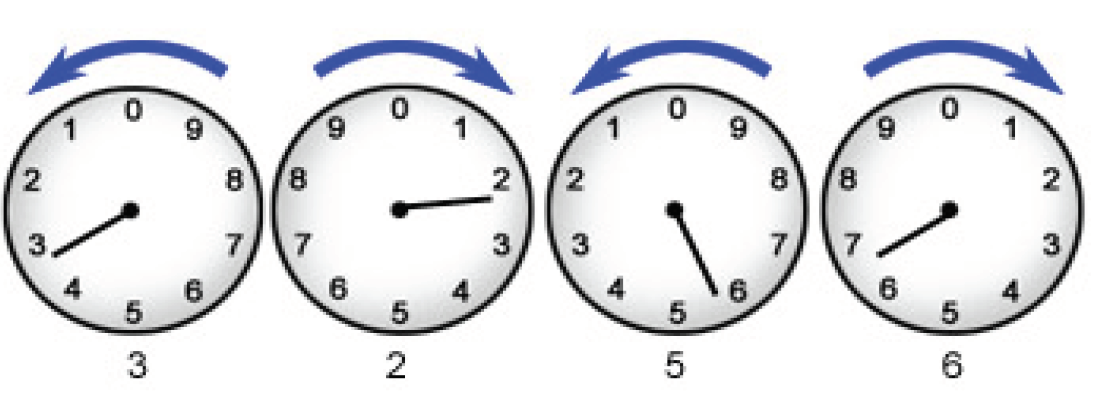Knowing how to read and interpret the electric meter at your home can greatly increase awareness of your household’s energy use and how this energy use is higher on certain days (e.g., laundry day, weekends when household members are home all day, very cold days, etc.) and lower on other days (e.g., weekdays when kids are at school/parents at work, warmer days, etc.). An electric meter records energy usage so that the utility company can determine a household’s electric bill.
Energy = Power x Time: Electric meters measure energy in kilowatt-hours (kWh). This is the amount of power (number of kilowatts) used over a certain length of time (one hour): 1 kW X 1 hour (h)=1 kWh
Energy use of household appliances are usually rated in watts (W): 1,000 W = 1 kW
Example: How many kWh is uded by a 60 W appliance for 1 hour? First convert watts to kilowatts, then multiply by time: (60W X 1kW/1000W) X 1 h= 0.06 kWh
In Alaska, the price for a kilowatt-hour varies greatly depending on location and fuel used for power generation, such as natural gas, hydropower, coal, or diesel. The average cost of electricity in the nation is about $0.12 / kWh, though energy costs tend to be higher in Alaska than elsewhere in the nation, especially in rural Alaska. In communities with high electricity costs, the state reimburses utilities for some of their costs to reduce electricity rates to residents – this is called the PCE (Power Cost Equalization) program. Households using less than 500 kWh per month get this rate, but if they go over 500 kWh, or for businesses, they pay the higher cost without PCE. In 2018, the price of electricity with PCE was $0.34/kWh in Unalaska, $0.24/kWh in Elim, and $0.22/kWh in Cold Bay. Without PCE, the price of electricity was $0.50/kWh in Unalaska, $0.52/kWh in Elim and $0.67/kWh in Cold Bay. Check a recent electricity bill or call your utility to find the current cost per kWh in your community.
